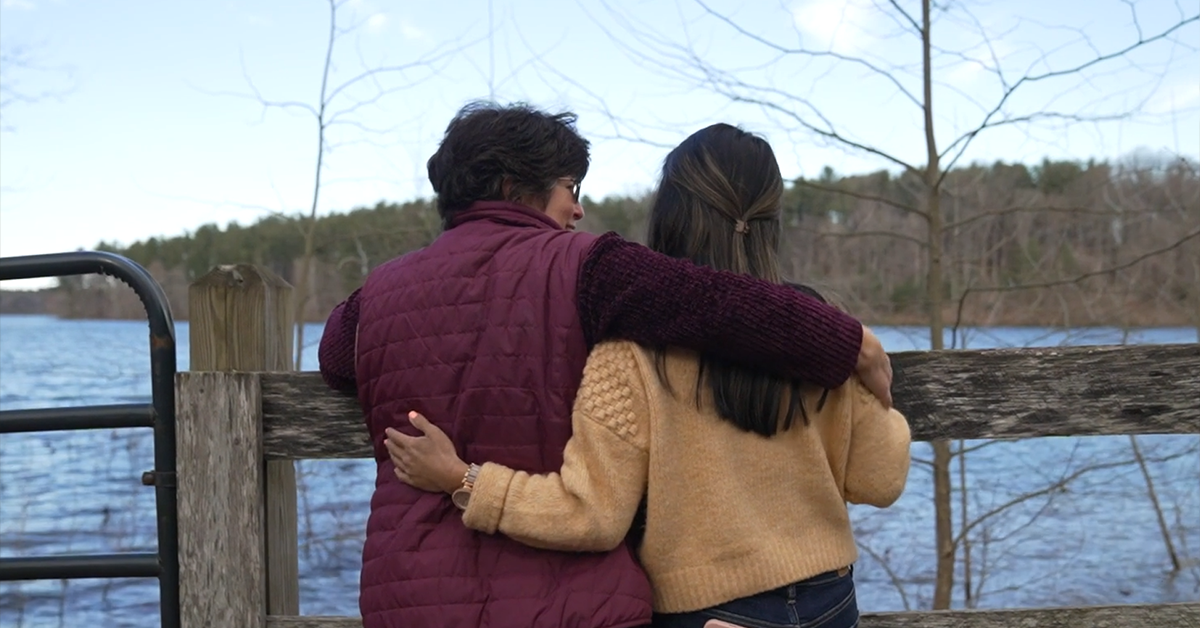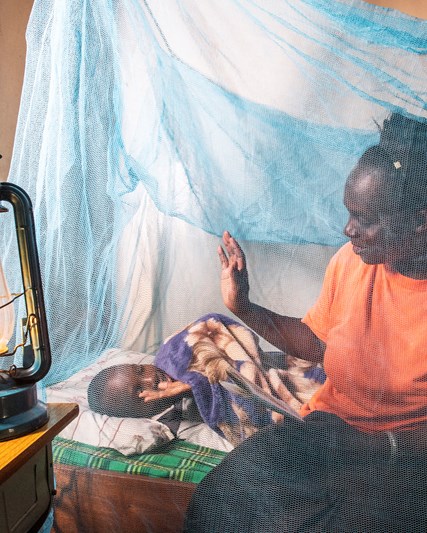When her daughter Maren was diagnosed with chronic hepatitis B as an infant, Maureen Kamischke became an advocate for other patients with this long-lasting infection and their families. Here, she shares her thoughts on the need for increased awareness and understanding of chronic hepatitis B, and the hopes she has for the millions living with the condition in the future.
I didn’t know anything about hepatitis B until after my husband and I adopted our daughter, Maren, from China when she was just a few months old. The first time we met her, we noticed she seemed really unwell and was eating very little, and although she was too young to communicate her needs, she was clearly in a lot of distress. We were very concerned and eager to get her back home to the US to see a paediatrician.
After several hospital visits, tests and lab work, and an eventual referral to a paediatric liver specialist, Maren was diagnosed with chronic hepatitis B – an infection that impacts roughly 300 million people globally. It’s a complicated, slowly progressing and long-lasting infection caused by a virus that’s figured out how to evade our immune systems.
The hepatitis B virus is often transmitted through direct blood to blood contact, most commonly from an infected mother to baby during childbirth. Over time, it can do severe damage to the liver and can make people living with the virus extremely tired or unable to participate in daily activities and can eventually lead to cirrhosis and liver cancer.
Doctors recommended that Maren begin treatment immediately. They said that, unusually for such a young person, she already had significant fibrosis – scar tissue in the liver – and was at high-risk for needing a liver transplant before her fifth birthday. Our goal was to try to slow down or stop the progression of her liver disease. However, the treatment was aggressive – it was an injectable treatment that needed to be administered three times a week. My heart broke as I watched my baby cry while receiving the injections and endure the resulting side effects – from flu-like symptoms to severe discomfort in her joints and muscles that caused her to scream out in pain when she was touched.
It was tough to know that this treatment was upsetting her, even though I knew the goal of treatment was to save her life. I figured this was going to be a lifelong struggle, so I wasn’t living with the hope she could ever be cured. And no one told me any differently.
It wasn’t long after Maren’s diagnosis that I recognised hepatitis B was something that people didn’t often feel comfortable discussing very openly. I turned to online support groups to learn more, and I found a community of people living with chronic hepatitis B and their families. We shared stories about not only the physical burdens of living with this infection, but also the emotional toll caused by stigma and discrimination due to a lack of understanding around hepatitis B.
For example, I watched in pain as Maren was ostracised in school or even at family gatherings; it was horrible to see that she wasn’t receiving hugs like other kids due to misguided fears that the infection could spread that way.
This unique and challenging experience with Maren is what led me to find my home at the Hepatitis B Foundation. The people in this organisation truly felt like my family. I was obviously passionate about helping my own child, but I really cared for all these other people too. I chose to dedicate myself to advocating for all these people in the community by offering my support, recommending questions to ask their doctors, and sharing my experiences.
There is no doubt that chronic hepatitis B can be scary – and the stigma makes it more so, but it doesn’t have to be a lifelong burden – there is reason for hope.
I’m energised by ongoing research into new treatment options that could alleviate the burden of frequent and often invasive treatments for the management of chronic hepatitis B. There are people, including scientists at GSK, who are working towards finding a “functional cure”.
In biological terms, a functional cure would mean the hepatitis B virus is no longer present in a person's blood, their liver functions are normalised and their immune system has become capable of keeping it that way. This would be accomplished with a finite course of treatment rather than a lifelong dependence on daily medications. On a human level, functional cure means allowing people like Maren who had been living with chronic hepatitis B to fulfil their dreams. Getting the education they want, the career they want, marrying the person they want, having a baby and not worrying that they are going to be infected with hepatitis B.
Thankfully, Maren is one of the lucky ones – over time her body’s immune system became active against the virus, meaning that the levels of virus in her system are now so low that they’re considered “undetectable”. But there are millions of people who have been living with chronic hepatitis B, burdened by a physical and psychological toll they feel they have no control over – and they're waiting to restart their lives. The possibility of achieving functional cure in the future might just allow them to do so.
The opinions and experiences expressed in this article are solely those of the author and should not be considered as professional or medical advice. Every individual's experience with chronic hepatitis B may vary, and it is important to consult healthcare professionals or seek appropriate guidance for specific situations.






